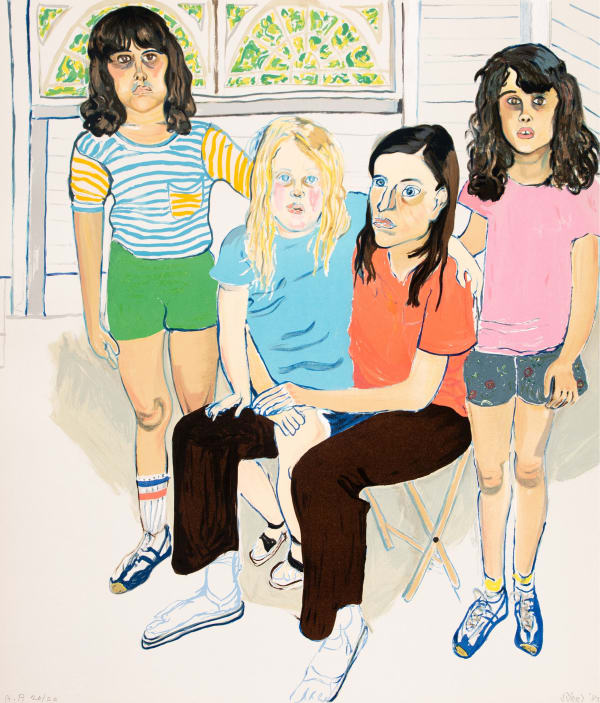Hayley Lever’s versatility has worked against his posthumous reputation. He was never associated with a single artistic movement, instead producing impressionist, post-impressionist, and expressionist works. While best known as a painter of post-impressionist marine scenes, his subject matter included landscapes, urban scenes, and still lifes across his 60-year career. This lack of a singular style or subject has given him an amorphous place in U.S. art history despite his obvious accomplishments.
[Richard] Hayley Lever was born in Bowden, South Australia in 1875. He excelled in painting classes at Prince Alfred College (1883-91) and Norwood Art School (1891-93) in Adelaide. In the 1890s, Lever moved to England, studying art in London and painting at St. Ives, a fishing port and popular artistic colony on the Cornish coast. In St. Ives, Lever shared a studio with Frederick Waugh, and studied painting with Albert Julius Olsson and Algernon Talmage.
Lever was a plein air painter particularly interested in the effect of sunlight on the sea. He painted in a distinctive style, strongly influenced by the works of Vincent van Gogh, that might now be called post-impressionism. He used a limited palette to paint the St. Ives harbor, particularly at dusk or in the moonlight. His strong contrasting colors and thick use of paint created a crisp and physical surface that earned him acclaim in Europe. Lever’s many St. Ives seascapes are among his most popular works. In 2017, his painting entitled “The Old Lighthouse and Fleets of St. Ives” sold at auction for $162,500.
In 1912, Lever moved to New York to test the art market in the United States. In Manhattan, Lever met prominent U.S. painters such as Ernest Lawson, Robert Henri, William Glackens, John Sloan, and George Bellows. Lever exhibited with this group regularly in New York City, painting parks, streets, bridges and the Manhattan waterfront. However, he soon discovered the scenic potential of Gloucester, Rockport, and Marblehead in the Cape Ann area of Massachusetts. Painting the charming cottages, narrow streets, and fishing boats of the New England coast reminded Lever of his beloved Cornwall.
Lever’s popularity peaked in the 1920s. He regularly won awards and honors, enjoyed solo exhibitions, and attracted critical acclaim. Between 1919 and 1931, he taught at the Art Students League of New York while maintaining a Gloucester studio. However, when the Great Depression killed the art market, Lever fell upon hard times. He failed to find a niche in the 1930s, making no concessions either to social realism or to abstraction, and gradually drifted out of the mainstream of U.S. art. He lived in New Jersey from 1930 to 1938 but financial difficulties forced him to sell his home in Caldwell and move to Mt. Vernon, NY where he directed the Studio Art Club.
Lever continued to travel widely including visits to the Canadian maritime provinces, Europe, Florida, and the Bahamas. In these later years, his palette became more vibrant and the brushwork thicker. Unfortunately, he developed arthritis in his right hand, which curtailed his traveling and forced him to concentrate on still-life subjects. He even taught himself to paint with his left hand. When he died in 1958, his Mt. Vernon estate included numerous unsold and unseen paintings in his barn.
During his lifetime, Hayley Lever appealed to U.S. collectors by balancing the use of some modernist techniques with a continuing realist emphasis. He developed a spontaneous-looking style that used vivid colors and strong lines while portraying subject matter that wads recognizable and appealing. Lever’s appeal in the twenty-first century continues to rest on this foundation.







